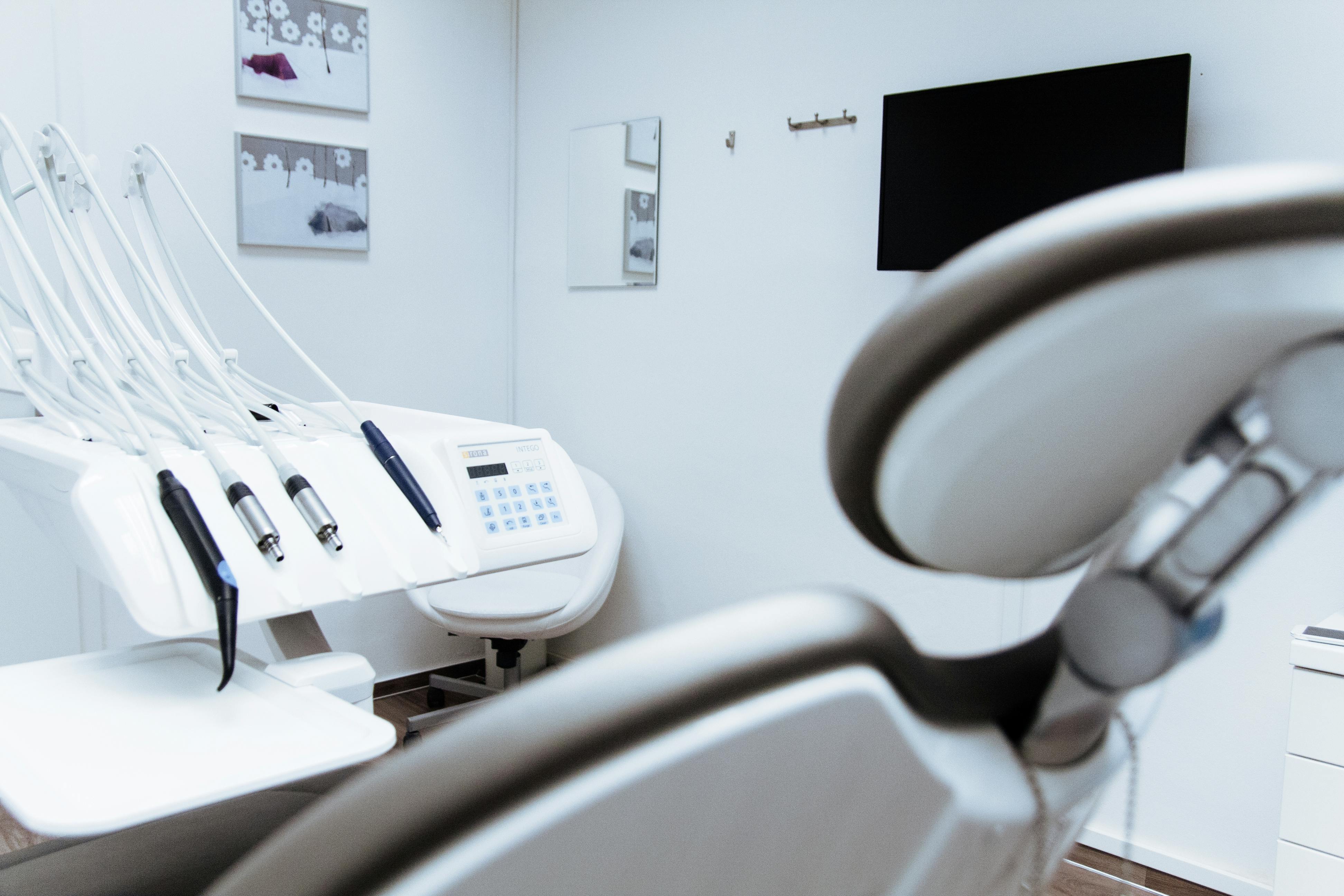New Plaque & Microbe Resistant Dental Material

I once saw a survey that said that the majority of people would rather see a proctologist than they would see a dentist. To be honest, I have to agree.
But technology has improved by leaps and bounds since the days of painful numbing shots into the gums. Many dentists today have a topical compound they’ll use to numb the gums before giving the dreaded shots to numb the teeth and jaws.
This is fine unless you are like me. I have a genetic immunity to the vast majority of painkillers. It’s a trait that runs in the men on my dad’s side of the family and trust me, it’s not a fun trait to have. I once saw a dentist for an emergency root canal and he tried 5 injections to numb my jaw and then told me to let him know when he hit the nerve in the tooth and trust me I did.
Additionally, most people have a hard time just hearing the sound of the dentist’s drill as it grinds away on one’s teeth to get rid of the decay. Perhaps the easiest part is when the dentist mixes the compound he uses to fill the cavity and then packs it into the hole and then shapes it to match your bite so you don’t have a misaligned jaw match which can become painful in a relatively short period of time.
Most of us have had fillings in our teeth. In my younger days, those fillings were a silver compound. Many of today’s dentists are using a porcelain-type compound to make filling as it’s white and doesn’t show as much.
The problems with fillings is that they are not immune to some of the same afflictions that cause tooth decay. Microbes can eat away at the edges of a filling and the tooth where they meet, eventually loosening the filling and causing it to fall out. Many cavity compounds are also susceptible to the sticky biofilm, also known as plaque, that forms on teeth, which in time can also compromise the filling as well as the tooth.
Wouldn’t it be wonderful if someone would develop a dental material that was strong and resistant to plaque and microbes?
Hold on folks, that miracle is just around the corner, according to a new report:
“In a new study, researchers from the University of Pennsylvania evaluated a new dental material tethered with an antimicrobial compound that can not only kill bacteria but can also resist biofilm growth. In addition, unlike some drug-infused materials, it is effective with minimal toxicity to the surrounding tissue, as it contains a low dose of the antimicrobial agent that kills only the bacteria that come in contact with it.”
“‘Dental biomaterials such as these,’ said Geelsu Hwang, research assistant professor in Penn’s School of Dental Medicine, ‘need to achieve two goals: first, they should kill pathogenic microbes effectively, and, second, they need to withstand severe mechanical stress, as happens when we bite and chew. Many products need large amounts of anti-microbial agents to maximize killing efficacy, which can weaken the mechanical properties and be toxic to tissues, but we showed that this material has outstanding mechanical properties and long-lasting antibiofilm activities without cytotoxicity’…”
“The newly developed material is composed of a resin embedded with the antibacterial agent imidazolium. Unlike some traditional biomaterials, which slowly release a drug, this material is non-leachable, thereby only killing microbes that touch it.”
Just how good is this new dental compound and how easy would it be to keep clean?
“Then, the team assessed how much shear force was required to remove the biofilm on the experimental material. While the smallest force removed almost all the biofilm from the experimental material, even a force four times as strong was incapable of removing the biofilm from the control composite material.”
“‘The force equivalent to taking a drink of water could easily remove the biofilm from this material,’ Hwang said.”
The report did not say when this new dental material will be available to most dentists, but today is not soon enough for most of us.








Recent Comments